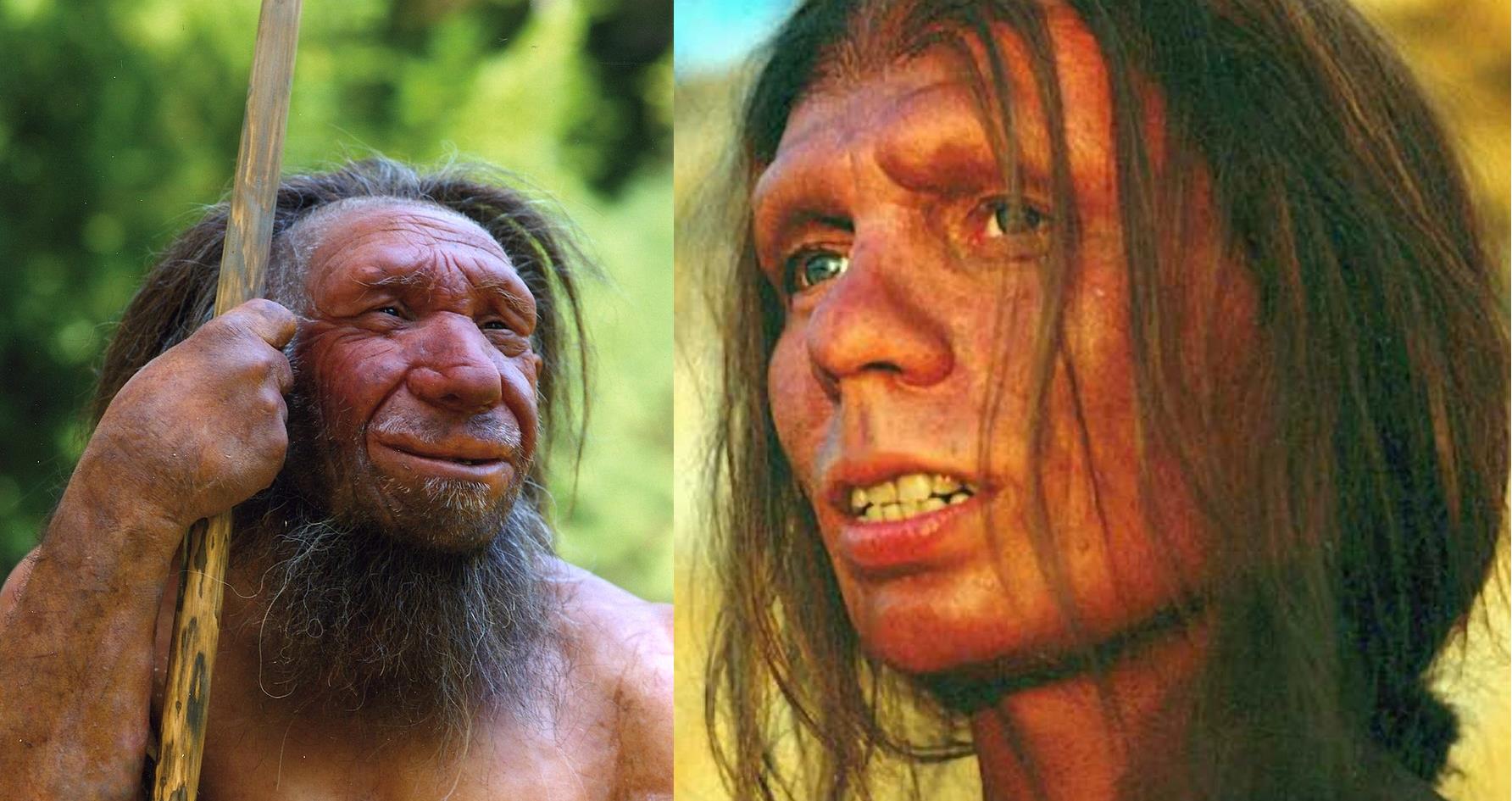From what our Earth scientists used to theorised about Neanderthals compared to us, sapiens, one point that particularly stroke me is that of uniformisation & optimisation vs individualism & creativity. Apparently our sapiens ancestors were big on optimising the silex creation processes and producing them at an industrial scale with a high degree of standardisation. Meanwhile, the Neanderthals were better at perfectly adapting their work to each individual stone they were using, thus making one perfect and unique silex at a time, at the price of constantly having to reinvent their processes.
While this is a stretch, the scientists also hypothesised that the same difference could be translated to our cultures. Us, sapiens, love grouping of population and uniformity among us, as well as group activities like big dances with everyone doing the same movements at the same time with a military precision that would be frightening to outsiders. And reversely, we hate anyone standing out and being too different. Loath as I am to admit it, even those of us wanting to see ourselves as progressive and tolerant have to struggle against this instinct. As for the old Neanderthals, the theory goes that they could have been the opposite of us, valuing creativity and difference more, but at the price of optimisation and anything large scale.
All of this was, of course, only theories, as deducing what the culture of a species was like from just archaeological remains is rather challenging. However, all of this could absolutely fit our new Neanderthals! Their capital and other settlements are certainly scarcely populated. This could be attributed to them being at a pre-industrial level, but, even in antiquity, we had enormous cities on Earth and this doesn't seem to be the case for them anywhere on the planet. They also always struggle with any kind of rule and process we try to share with them, no matter how safer and more efficient they are. Similarly, they have troubles with thinking by analogy and extrapolating information.
What I don't know about is if they truly value differences more than us. I would have said no, but I think I might be too optimistic with my vision of our little survivor group. If we ever stop our war with the Faverians, we'll have to ask them for an outsider opinion. One thing that is sure is that our new Neanderthals certainly do not discriminate based on genders and are baffled by the few divisions that remain in our own society despite us being rather progressive.


Comments